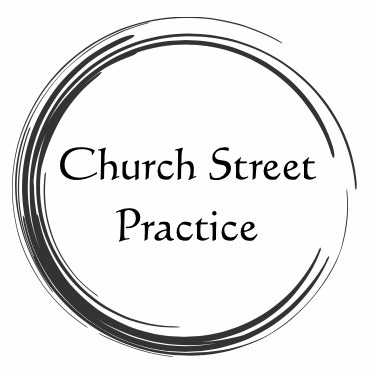Why see an osteopath for my sports injury?
It has been exciting to watch the commonwealth games recently which makes me think about just how much osteopathy can people who play sports.
Traditionally, people might not associate osteopathy and sports injuries. However, osteopathy has increasingly been used in recent years by some of the world’s top athletes as well as people of all abilities.
Osteopaths treat acute, chronic and recurrent injuries, help increase performance and flexibility and improve posture and gait which reduces strain on the weight bearing joints.
Osteopathy has a more specialist approach to sports in that it recognises the relationship between structure and function within the body. They understand that the body will always do its upmost to compensate and that injuries do not always appear at the same time as the root cause of the problem.
Osteopaths use different skills to assess and treat patients. Firstly, they observe posture and standing movements, which provides an insight into different areas of the body which are restricted, misaligned or under strain. Next the osteopath examines the area of the body where the pain or discomfort is and test the area for mobility and alignment; this allows the osteopath to diagnose the tissue causing pain.
Once the direct diagnosis is made then the next question is “why?” What is it about the function of this particular patient that has led to the presenting problem. What is it about the health of this person that means that the body has not been able to heal in the way that it would do normally? This may be simple in terms of over training or repetitive strain but very often underlying mechanical misalignments or previous accident or injury lie at the root cause of the problem.
Osteopaths are real specialists at identifying and treating the effects of previous trauma in the body as well as developmental postural problems. They do this by assessing the whole body and looking for reduced mobility, hyper mobility, contracted musculature (scar and fibrous tissue), retained tensions within connective tissue, spinal alignment and the general sense of health as blood supply and other important fluids pass in and out of the tissues.
An osteopath’s primary skill is their highly developed sense of touch; Treatment is always targeted according to what the osteopath has felt within the various tissues of the body - muscles, ligaments, connective tissue (fascia), bones and joints, the nervous system and the inherent movement of all fluids.
Osteopaths have many treatment tools at their disposal; all are hands on including massage, joint mobilisation, connective tissue (fascial) unwinding, spinal manipulation and other more gentle techniques to mobilise fluid movements within the body.
People often come for:
Relief from back pain joint pains nerve pains
Rotator cuff and other shoulder dysfunction
Increased joint mobility to optimise biomechanical efficiency
Lengthening/relaxing contracted muscles (often the cause of slow recovery)
Prevention and resolution of recurrent injuries
Management of hyper mobility
Acute injury management and healing
An understanding of biomechanical strains within the body
Do contact us on 01225 868282 or enquiries@churchstreetpractice.co.uk. if you need any help; Austyn Hall has a particular interest in sports osteopathy at the practice. In the meantime, we look forward to seeing more successes in the Commonwealth games and beyond!
